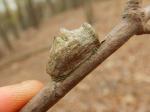
| Recorded by: Mark Basinger on 2025-07-24
Brunswick Co.
Comment: | 
| Recorded by: K. Hutson, A. Cooper on 2025-07-23
Gaston Co.
Comment: |

| Recorded by: Lior S. Carlson, Dean Furbish on 2025-07-22
Anson Co.
Comment: | 
| Recorded by: David George, Jeff Niznik, Rob Van Epps, Kevin Metcalf on 2025-07-20
Richmond Co.
Comment: |

| Recorded by: David George, Jeff Niznik, Rob Van Epps, Kevin Metcalf on 2025-07-20
Richmond Co.
Comment: | 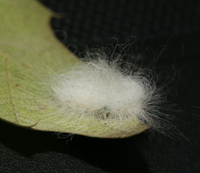
| Recorded by: David George, Jeff Niznik, Rob Van Epps, Kevin Metcalf on 2025-07-20
Richmond Co.
Comment: |
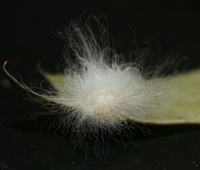
| Recorded by: David George, Jeff Niznik, Rob Van Epps, Kevin Metcalf on 2025-07-20
Richmond Co.
Comment: | 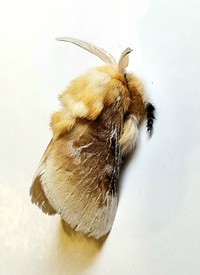
| Recorded by: Mark Basinger on 2025-07-10
Brunswick Co.
Comment: |

| Recorded by: Mark Basinger on 2025-07-04
Wilson Co.
Comment: | 
| Recorded by: Jim Petranka, Mark Basinger and Becky Elkin on 2025-06-29
Richmond Co.
Comment: |
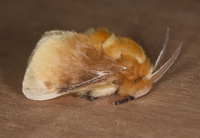
| Recorded by: Jim Petranka, Mark Basinger and Becky Elkin on 2025-06-28
Moore Co.
Comment: | 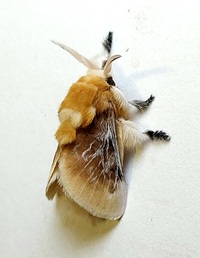
| Recorded by: Mark Basinger on 2025-06-27
Rowan Co.
Comment: |

| Recorded by: Michael P. Morales on 2025-06-20
Cumberland Co.
Comment: | 
| Recorded by: Michael P. Morales on 2025-06-20
Cumberland Co.
Comment: |
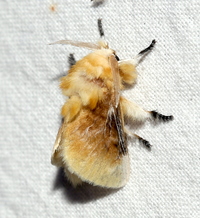
| Recorded by: Jeff Niznik, David George, Larry Chen, Sarah Toner, Joye Zhou on 2025-06-20
Richmond Co.
Comment: | 
| Recorded by: Mark Basinger on 2025-06-19
Brunswick Co.
Comment: |

| Recorded by: Mark Basinger on 2025-06-19
Brunswick Co.
Comment: | 
| Recorded by: Mark Basinger on 2025-06-19
Brunswick Co.
Comment: |

| Recorded by: Beck on 2025-06-19
Pasquotank Co.
Comment: | 
| Recorded by: R. Newman on 2025-06-11
Carteret Co.
Comment: |

| Recorded by: B. Bockhahn on 2025-06-03
Currituck Co.
Comment: | 
| Recorded by: R. Newman on 2024-08-30
Carteret Co.
Comment: |

| Recorded by: David George, Jeff Niznik, Patrick Coin, Steve Hall, Carol Tingley, Tom Howard on 2024-07-27
Chatham Co.
Comment: | 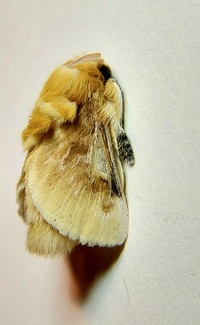
| Recorded by: Mark Basinger on 2024-07-17
Wilson Co.
Comment: |

| Recorded by: Mark Basinger on 2024-07-14
Brunswick Co.
Comment: | 
| Recorded by: Mark Basinger on 2024-07-14
Brunswick Co.
Comment: |
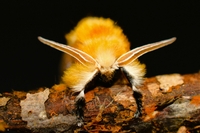
| Recorded by: Verna B on 2024-07-13
Orange Co.
Comment: | 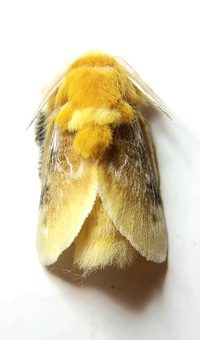
| Recorded by: Mark Basinger on 2024-07-12
Brunswick Co.
Comment: |
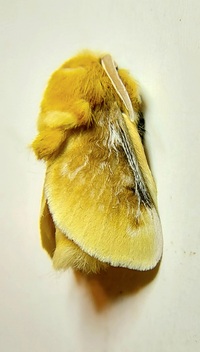
| Recorded by: Mark Basinger on 2024-07-12
Brunswick Co.
Comment: | 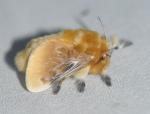
| Recorded by: K. Bischof on 2024-07-09
Transylvania Co.
Comment: |
|

 »
»

